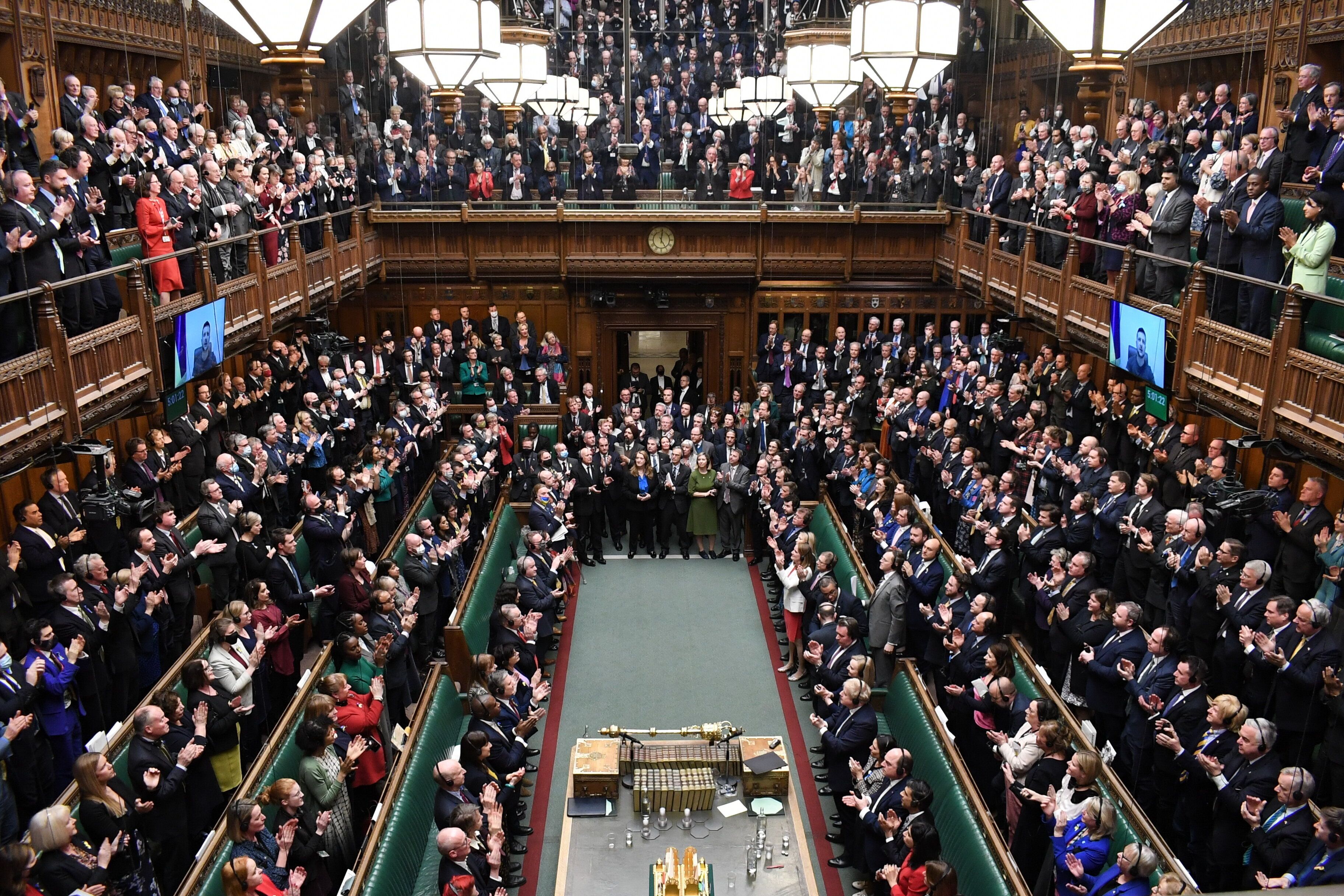Boris Johnson has urged Russian people to use alternative forms of news to find out about Vladamir Putin’s alleged war crimes, arguing they would not support the invasion and crimes that are a “stain on the honour of Russia”.
In a video message directed to the Russian population, the UK prime minister said they only needed an online VPN connection to sidestep state-controlled media and gain access to independent information from around the world.
Advertisement
“Your president knows that if you could see what was happening, you would not support his war,” he said.
“He knows that these crimes betray the trust of every Russian mother who proudly waves goodbye to her son as he heads off to join the military.
Advertisement
“And he knows they are a stain on the honour of Russia itself.”
Speaking in Russian, he added: “Your president stands accused of committing war crimes. But I cannot believe he’s acting in your name.”
Advertisement
His comments follow global outrage at the massacre uncovered at Bucha, a Ukrainian town, that was targeted by the Russian forces on their way to conquer Kyiv in March.
Volodymyr Zelenskyy accused Russia of committing the “most terrible war crimes” since the Second World War as he called for trials akin to those held after the defeat of the Nazis.
The Ukrainian president accused Putin’s forces of creating “mass starvation” and shooting and raping civilians, during a graphic address to the United Nations Security Council on Tuesday.
Russian forces then began to withdraw from the region around March 30, reportedly due to a shortage of resources, meaning journalists have been able to access to beleaguered Bucha once again.
Advertisement
The Associated Press released images from the town showing bodies on the Bucha streets, with their hands tied behind their backs and wounds to the back of their heads.
According to the news agency, at least 21 bodies were found, with at least nine of them in civilian clothing.
Anatoly Fedoruk, Bucha’s mayor, said more than 300 residents in the town had been killed, while Ukrainian prosecutors allege Russian forces used the basement of one house as a torture chamber.
Satellite images showed a 45ft-long mass grave in the town too.
Russia has denied any involvement and suggested the bodies were placed their strategically by the Ukrainians.
Moscow has dismissed any accusations of war crimes too, and claims “Ukrainian radicals” are responsible for the massacre in Bucha as “not a single civilian” faced violent military action from Russian forces.
TIMOTHY A. CLARY via Getty Images
In his message, Johnson said the reports were so shocking that Putin had deliberately sought to hide the truth from his people.
Johnson said that people only needed a VPN connection to access independent information from around the world.
“When you find the truth, share it,” he said.
“Those responsible will be held to account. And history will remember who looked the other way.”
During the UK-convened meeting of the UN’s most powerful body, whose membership includes Russia, Zelenskyy called for those responsible to be “brought to justice” in a tribunal similar to the Nuremberg trials.
He warned the world is yet to see the acts committed by the Kremlin’s troops in other regions after evidence of atrocities was unearthed after their withdrawal from Bucha, near Kyiv.
Advertisement
“Today, as a result of Russia’s actions in our country, in Ukraine, the most terrible war crimes we’ve seen since the end of World War Two are being committed,” he said in the virtual address.
“Russian troops are deliberately destroying Ukrainian cities to ashes with artillery and air strikes. They are deliberately blocking cities, creating mass starvation. They deliberately shoot columns of civilians on the road trying to escape from the hostilities.
“They even deliberately blow up shelters where civilians hide from air strikes.
“The massacre in our city of Bucha is unfortunately only one of many examples of what the occupiers have been doing on our land for the past 41 days.”










